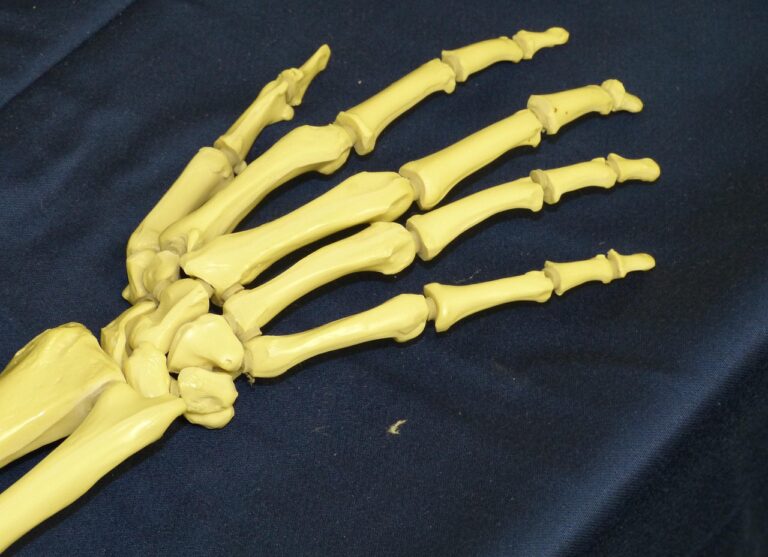
In today’s tech-driven world, we constantly upgrade our smartphones, laptops, and other electronic devices. But what happens to old gadgets we throw away? The answer is more complex—and more important—than many people realize.
Electronic waste, commonly known as e-waste, is a growing global issue. With millions of tons generated every year, the way we handle these outdated or broken electronics affects the environment, human health, and even data security. In this article, we’ll explore the journey of old gadgets, their environmental impact, and what responsible disposal really looks like.
Why Do We Need to Worry About E-Waste?
Many people are unaware of what happens to old gadgets we throw away after they are tossed into a bin or given to a recycling center. These devices contain toxic materials like lead, mercury, and cadmium, which can pollute soil and water if not disposed of properly.
Moreover, old electronics are made of valuable resources, including gold, silver, copper, and rare earth metals. When we discard them carelessly, these non-renewable materials are lost forever.
The Journey of Your Old Gadgets
1. Landfills: The Worst-Case Scenario
Sadly, a significant portion of old electronics ends up in landfills, especially in developing countries. When this happens, harmful chemicals leach into the earth, contaminating ecosystems and posing a risk to communities nearby.
2. Recycling Facilities
When e-waste is properly recycled, it is sent to authorized recycling centers, where devices are dismantled and sorted. Metals and plastics are extracted and reused. This process reduces environmental impact and recovers valuable materials that can be used in new electronics.
3. Exported E-Waste
A large percentage of discarded electronics are exported to poorer nations, where labor laws are lenient. These gadgets are often broken down by hand, exposing workers (often children) to toxic fumes and unsafe conditions.
Environmental and Health Risks
Improper disposal of e-waste leads to:
- Soil contamination
- Water pollution
- Airborne toxins from burning plastics
- Respiratory and skin diseases among waste workers
Electronic gadgets aren’t just plastic and wires—they’re filled with complex chemicals and metals that require professional handling.
Data Privacy Concerns
Another risk associated with what happens to old gadgets we throw away is data security. Discarded phones, hard drives, and laptops often contain personal or sensitive information. Without secure data wiping, identity theft and information leaks are real threats.
Always ensure your data is permanently erased before recycling or donating electronics.
Sustainable Alternatives
Instead of dumping devices, consider these eco-friendly options:
- Donate to Schools or Nonprofits
Many organizations refurbish old devices and give them to those in need. - Sell or Trade-In
Platforms like Amazon, Best Buy, and Apple offer trade-in programs. - Use Certified Recyclers
Always look for R2 (Responsible Recycling) or e-Stewards certifications. - Upcycle Old Devices
Turn an old tablet into a smart home controller or digital photo frame.
These choices not only reduce pollution but also contribute to a circular economy.
What Can Be Recycled?Common gadgets that can be recycled include:
- Smartphones & tablets
- Laptops & desktop computers
- TVs and monitors
- Wires and chargers
- Batteries and circuit boards
The Role of Government and Industry
To tackle the e-waste problem, governments and tech companies must work together to:
- Enforce proper e-waste regulations
- Educate the public
- Improve recycling infrastructure
- Encourage manufacturers to create repairable and longer-lasting devices
Many companies now practice extended producer responsibility (EPR), meaning they must take back old products for recycling.
FAQs
1. What should I do before recycling my old device?
Ensure you factory reset the device and wipe all personal data. Remove SIM cards or storage devices if applicable.
2. Is throwing electronics in the trash illegal?
In many countries and U.S. states, dumping electronics in regular trash is illegal due to their hazardous components.
3. Can I recycle electronics for free?
Yes, many retailers like Best Buy, Staples, and Apple offer free recycling programs.
4. How much e-waste is produced annually?
Over 50 million metric tons of e-waste are produced each year globally, and this number continues to grow.
5. Why is e-waste dangerous to health?
E-waste contains toxic substances like lead and mercury, which can cause serious health issues when released into the environment.
Conclusion
Understanding what happens to old gadgets we throw away is essential in today’s digital world. From harming the environment to risking our personal data, the consequences of careless disposal are serious. But with informed decisions—like recycling properly, donating, or upcycling—we can significantly reduce the impact of e-waste.
So the next time you’re ready to upgrade your phone or replace your laptop, pause and think—what will really happen to your old gadget?




